Refer this: https://developer.mozilla.org/en-US/docs/Learn/CSS/Introduction_to_CSS/Cascade_and_inheritance#Specificity
Specificity is basically a measure of how specific a selector is — how many elements it could match. As shown in the example seen above, element selectors have low specificity. Class selectors have a higher specificity, so will win against element selectors. ID selectors have an even higher specificity, so will win against class selectors. The only way to win against an ID selector is to use !important.
The amount of specificity a selector has is measured using four
different values (or components), which can be thought of as
thousands, hundreds, tens and ones — four single digits in four
columns:
Thousands: Score one in this column if the declaration is inside a
style attribute (such declarations don't have selectors, so their
specificity is always simply 1000.) Otherwise 0.
Hundreds: Score one
in this column for each ID selector contained inside the overall
selector.
Tens: Score one in this column for each class selector, attribute
selector, or pseudo-class contained inside the overall selector.
Ones: Score one in this column for each element selector or
pseudo-element contained inside the overall selector.
So, going by the rules the second selector .child-1 has only a classname. Hence the score will be 10
The first selector has a class and an element. So the score will be 11
